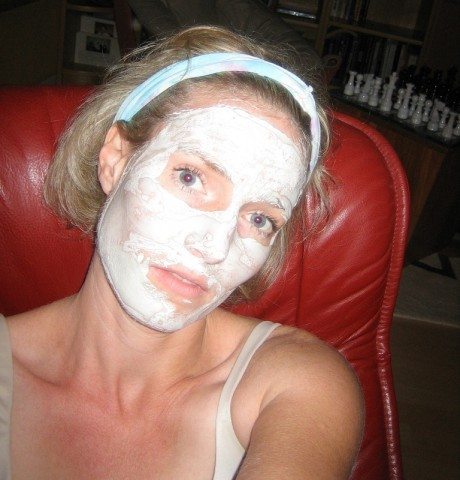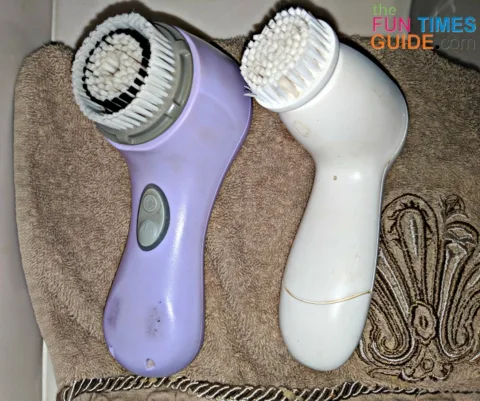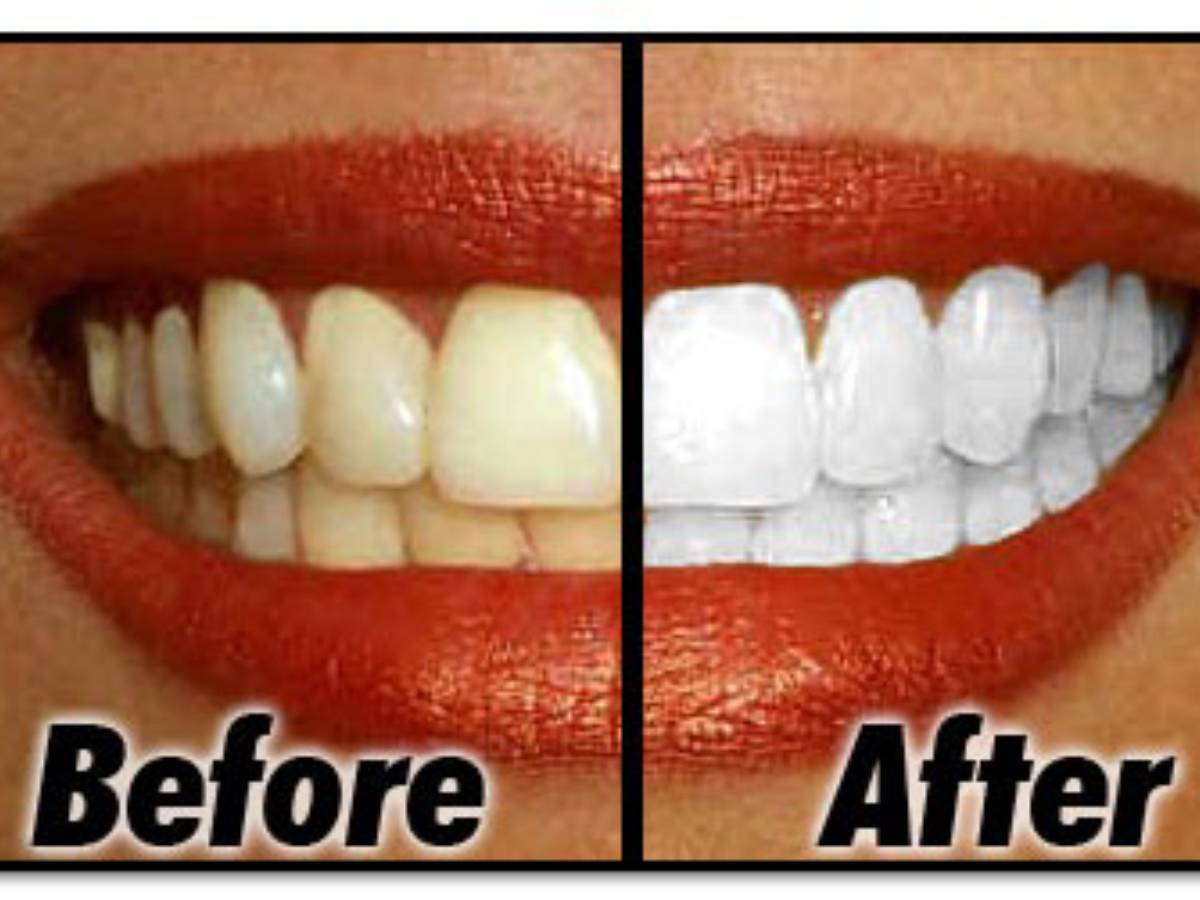Initially, I liked the effects of my at-home microdermabrasion so much that I wanted to do it every single day.
But I resisted the urge and just did the facial exfoliation 3 times a week, as instructed.
I’m glad I didn’t overdo the microdermabrasion for these reasons.
Constantly forcing your cells to renew (by peels, exfoliation and such) is not the wonderful thing we originally thought it to be. After all, the skin only has a finite amount of layers, and if we keep peeling them off so that we get that fresh glowy new skin we have all become so addicted to, eventually we won’t be left with anything other than overly thin, sad, tired skin and small white lines (keloids) made of collagen that look like little stretch marks and these will not be able to be removed. And that’s no fun. The key is to slow down cell renewal, not speed it up. Source
To be honest, after awhile, I did start to increase the microdermabrasion treatments to 4 or 5 times a week, but I noticed that my skin started to dry out and break out!
I felt like I was stripping my skin of all its natural oils or something. So I cut back to using the microdermabrasion only 3 times a week.
Here’s why you want to exfoliate your face in the first place.
My Cleansing & Microdermabrasion Routine
So now my regular routine is this:
- Once a day, I cleanse my skin using Bare Minerals Purifying Facial Cleanser. (I also like Cetaphil for cleaning and moisturizing sometimes. But lately I’m hooked on Bare Minerals products.)
- Twice a week (immediately after cleansing), I use one of the microdermabrasion creams I currently own to really get into those pores. (I alternate between the Olay ProX Exfoliating Renewal Cleanser and the Artistry Polishing Scrub.)
I started out using the Olay exfoliating brush for every microdermabrasion treatment and sometimes for my routine facial cleansing as well. I really like how the ProX brush spreads the cleanser or cream AND it lifts as it cleanses. So all of those tiny particles of dirt & grime are being removed from my pores this way.
Later, I upgraded to a Clarisonic brush — and I love it! (I have the Clarisonic Mia.)
You could also use a very fine baby brush to lightly exfoliate your face.
Then, whether I’ve used the Olay Pro-X brush or not during cleansing, I always use the Artistry cloth to remove all traces of the cleanser from my face. (I always use it to remove the microdermabrasion creams from my face, as well.)
I like how this facial cloth really grabs onto the pores and leaves my skin feeling completely clean. I’ve compared this facial cloth to a standard chamois cloth (like one that’s used to gently clean your car). This one is really high quality and made with super-fine threads that each do their part to cleanse and remove loose, dead skin and cleanser/exfoliator creams from your skin.
Here are some other face chamois cloths that work like the Artistry cloth.
How Using A Face Exfoliator Has Helped My Dry Skin
As a result of regularly cleansing and exfoliating my skin (and using both the Olay brush and the Artistry cloth), now my skin is much tighter, looks healthier, and it feels thoroughly cleansed.
Even with my dry skin, this process works wonders for me. I seldom have dry flaky skin on my nose, chin, and cheeks thanks to using a face exfoliator regularly.
Very often, people with dry or sensitive skin believe that they cannot exfoliate, which is simply not true. You may need to start slower and use more mild methods, but exfoliation can actually help dry skin. Dead skin cells and other grime or debris on the skin can prevent your moisturizer from getting to your live skin. People with dry or sensitive skin might do better with chemical exfoliation because the acids are doing most of the work and you don’t need to scrub and worry about applying too much pressure. You can also incorporate mild chemical exfoliation into your routine easily by switching your usual cream or lotion with one that contains lactic acid. This is a milder acid than glycolic and is great at reducing ingrown hairs and getting rid of keratosis pilaris, or chicken skin. If you have sensitive skin, use creams or lotions with acid concentrations of 5% or lower. These are also great to start out with and work you way up, or for those timid to try glycolic acid. –Health Beauty And Skincare Products






